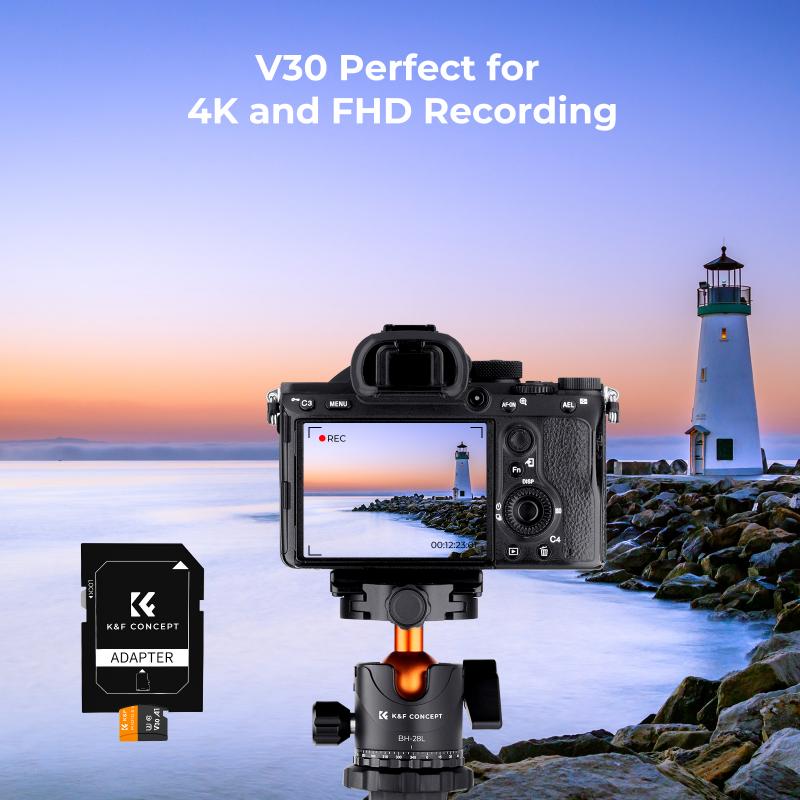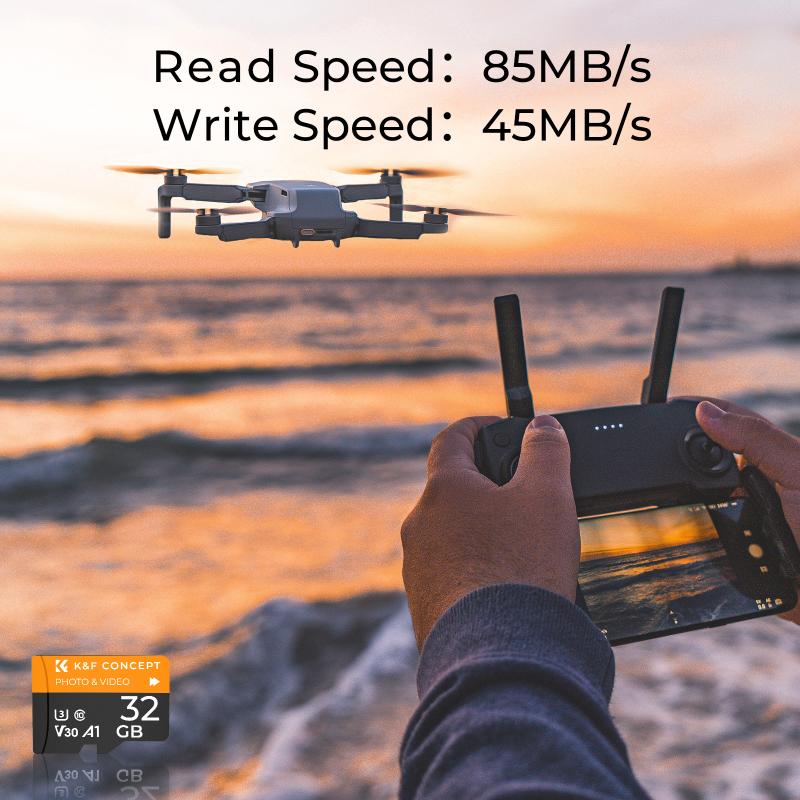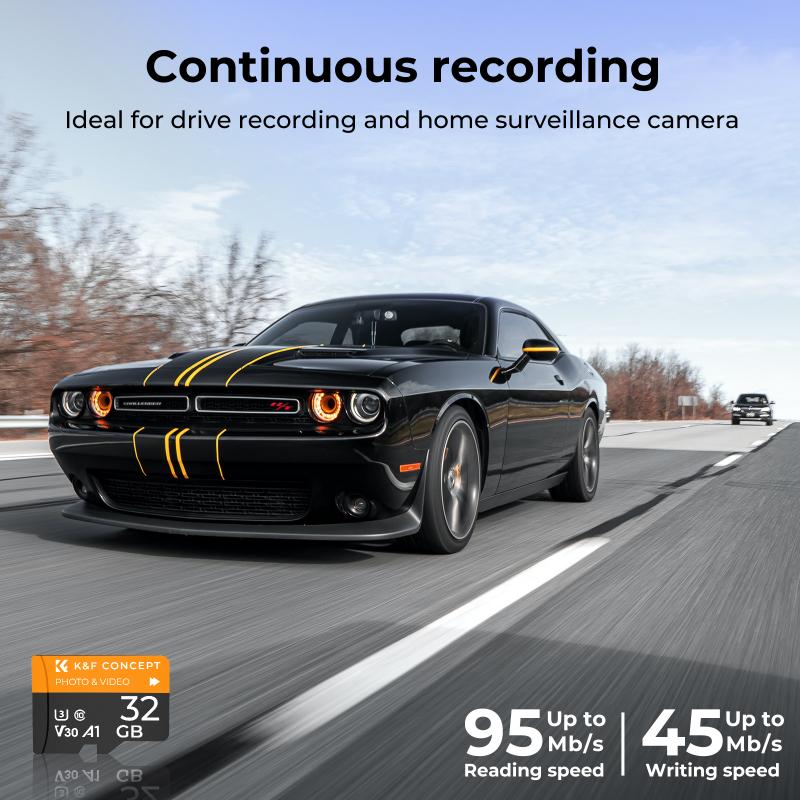How To Read A Micro Sd Card?
Reading a micro SD card is a common task that many people need to perform for various reasons, such as transferring files, expanding storage, or recovering data. This article will guide you through the process of reading a micro SD card, covering different methods and troubleshooting tips to ensure a smooth experience.
Understanding Micro SD Cards

Micro SD cards are small, portable storage devices used in a variety of electronic devices, including smartphones, cameras, tablets, and even some laptops. They are known for their compact size and high storage capacity, making them ideal for storing photos, videos, music, and other types of data.
Methods to Read a Micro SD Card

1. Using a Built-in Card Reader

Many modern laptops and some desktop computers come with built-in card readers that support micro SD cards. Here’s how to use them:
1. Locate the Card Reader Slot: Look for a small slot on the side of your laptop or the front of your desktop tower. It may be labeled with "SD" or have a small icon of a card.
2. Insert the Micro SD Card: If the slot is for a standard SD card, you will need a micro SD to SD card adapter. Insert the micro SD card into the adapter, then insert the adapter into the card reader slot.
3. Access the Card: Once inserted, your computer should recognize the card automatically. Open "File Explorer" on Windows or "Finder" on Mac to access the card’s contents.
2. Using an External Card Reader

If your computer doesn’t have a built-in card reader, you can use an external card reader. These devices connect to your computer via USB and often support multiple card formats.
1. Purchase an External Card Reader: Ensure it supports micro SD cards.
2. Connect the Card Reader: Plug the card reader into an available USB port on your computer.
3. Insert the Micro SD Card: Place the micro SD card into the appropriate slot on the card reader.
4. Access the Card: Your computer should recognize the card reader and the micro SD card. Open "File Explorer" or "Finder" to view the card’s contents.
3. Using a Smartphone or Tablet
If you don’t have access to a computer, you can use a smartphone or tablet to read a micro SD card. This method is particularly useful for Android devices, as many of them come with micro SD card slots.
1. Insert the Micro SD Card: Locate the micro SD card slot on your device. It is often found in the SIM card tray or a separate slot. Insert the card carefully.
2. Access the Card: Once inserted, your device should recognize the card automatically. Use a file manager app to browse the card’s contents.
For iOS devices, you will need a Lightning to SD card reader adapter, as iPhones and iPads do not have built-in micro SD card slots.
Troubleshooting Common Issues
1. Card Not Recognized
If your computer or device does not recognize the micro SD card, try the following steps:
- Check the Connection: Ensure the card is properly inserted into the card reader or device.
- Try a Different Port: If using an external card reader, try connecting it to a different USB port.
- Update Drivers: Ensure your computer’s drivers are up to date. You can check for updates in the Device Manager on Windows or through System Preferences on Mac.
- Test on Another Device: Try reading the card on a different computer or device to rule out issues with the card reader.
2. Card is Read-Only
If you can view the contents of the card but cannot modify or delete files, the card may be write-protected.
- Check the Adapter: If using a micro SD to SD card adapter, ensure the write-protection switch on the side of the adapter is not in the locked position.
- Format the Card: If the card is not write-protected but still read-only, you may need to format it. Be aware that formatting will erase all data on the card. To format, right-click the card in "File Explorer" or "Finder" and select "Format."
3. Corrupted Card
If the card is corrupted, you may experience issues such as missing files or the card not being recognized at all.
- Use Data Recovery Software: There are various data recovery tools available that can help recover files from a corrupted micro SD card. Some popular options include Recuva, Disk Drill, and EaseUS Data Recovery Wizard.
- Format the Card: If data recovery is not possible, you may need to format the card to make it usable again. Remember, this will erase all data on the card.
Best Practices for Using Micro SD Cards
To ensure the longevity and reliability of your micro SD card, follow these best practices:
- Handle with Care: Micro SD cards are delicate. Avoid bending or dropping them.
- Eject Properly: Always use the "Eject" option on your computer or device before removing the card to prevent data corruption.
- Keep Backups: Regularly back up important data stored on your micro SD card to another storage device or cloud service.
- Avoid Full Capacity: Try not to fill the card to its maximum capacity. Leaving some free space can help maintain performance and reduce the risk of data corruption.
Reading a micro SD card is a straightforward process, whether you’re using a built-in card reader, an external card reader, or a mobile device. By following the steps outlined in this article, you can easily access and manage the data on your micro SD card. Additionally, understanding common issues and best practices will help you troubleshoot problems and extend the life of your card. Whether you’re transferring files, expanding storage, or recovering data, these tips will ensure a smooth and efficient experience.
